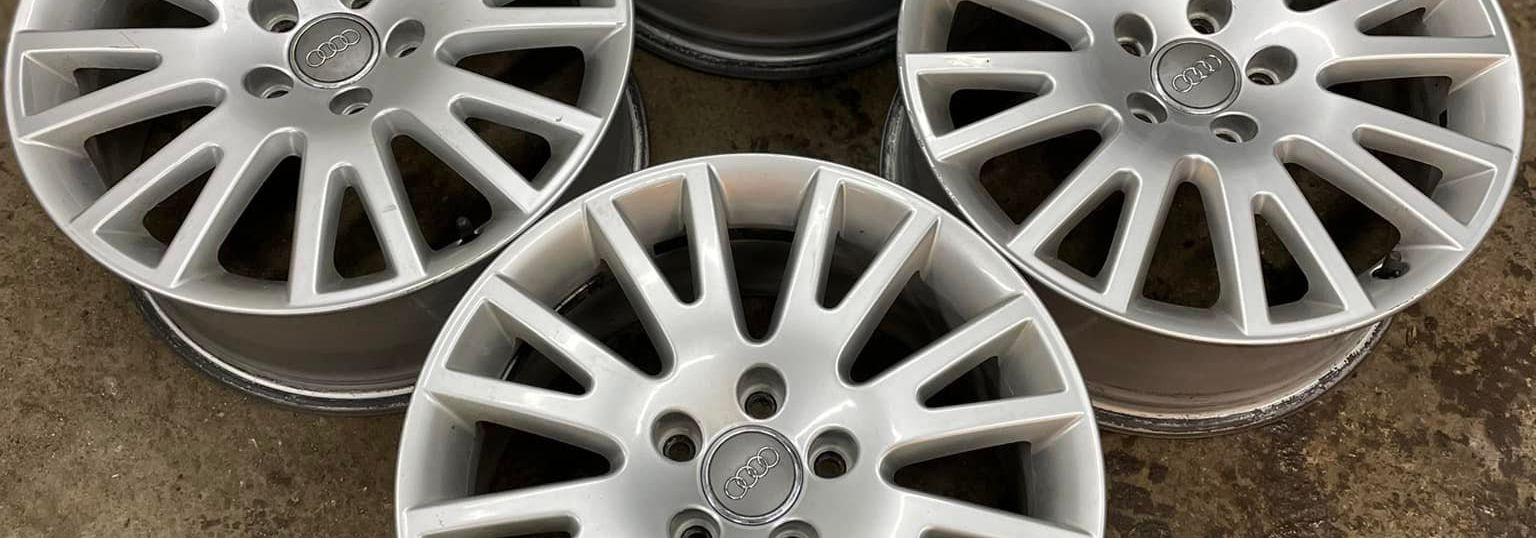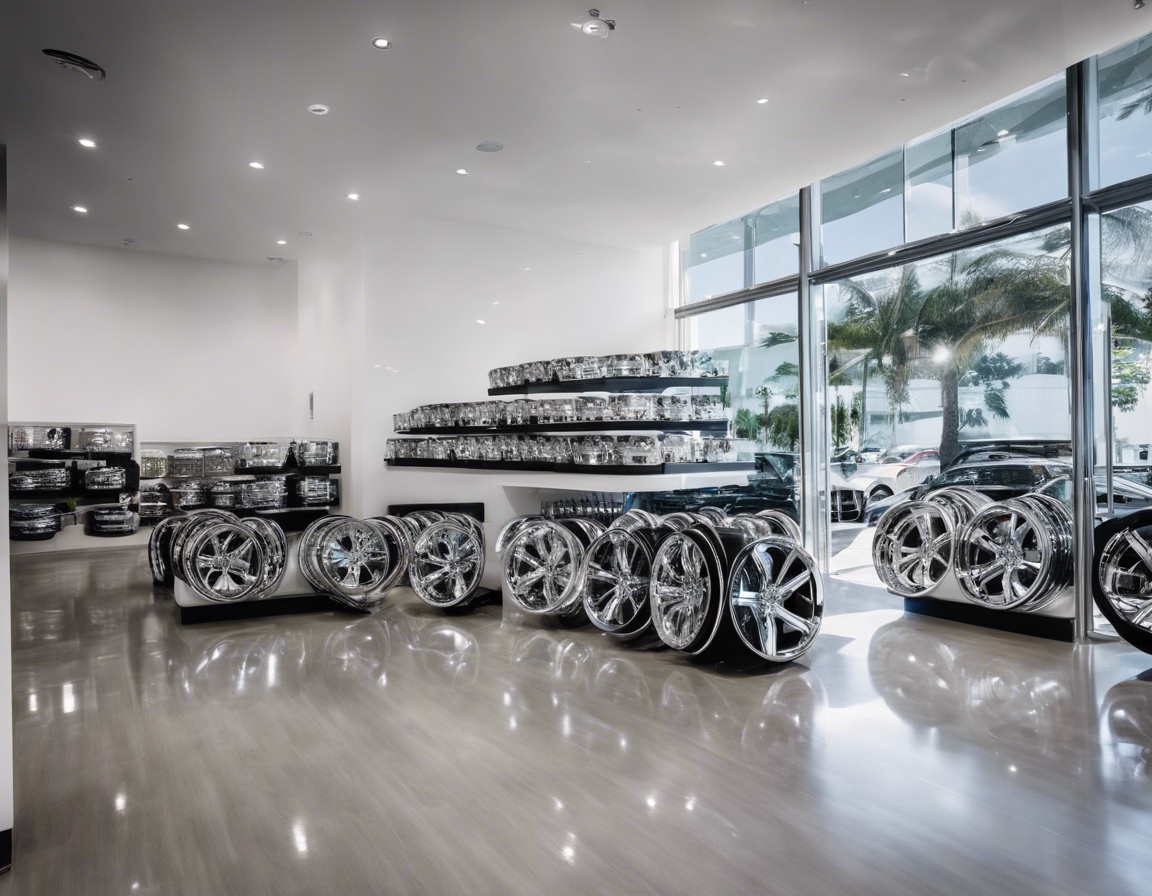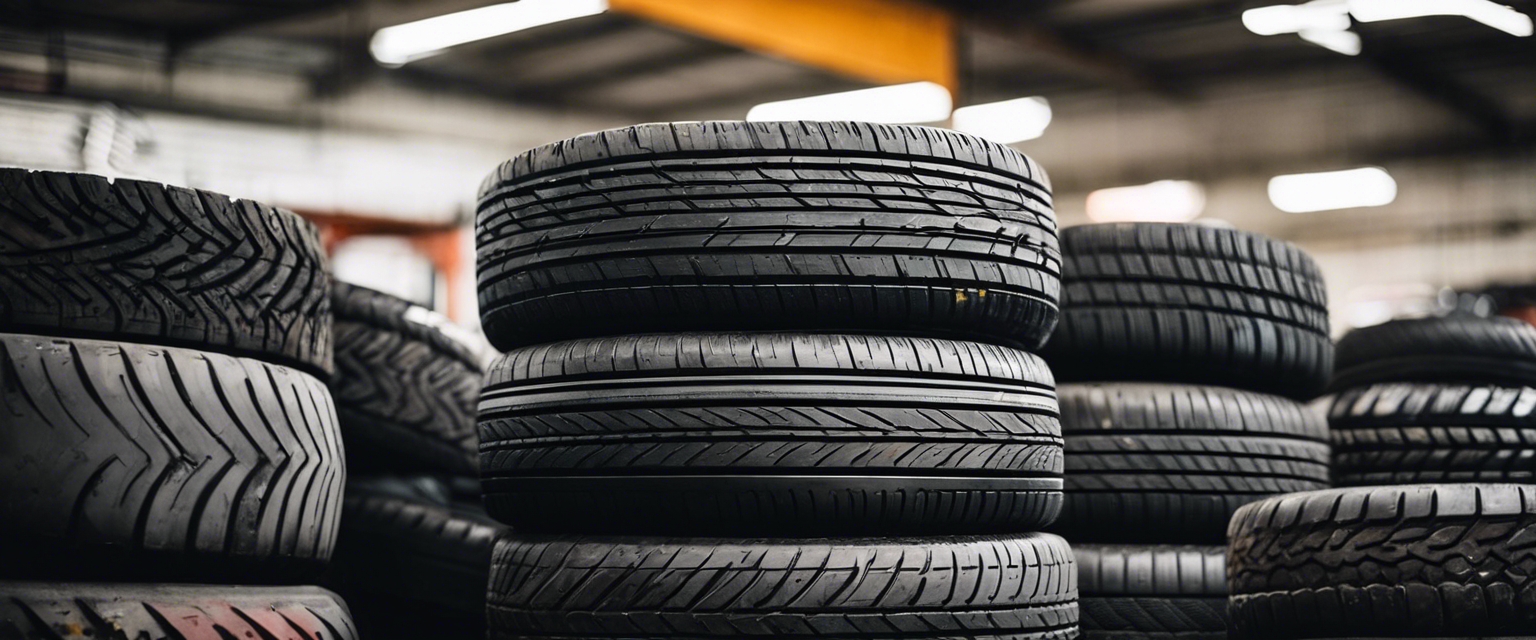Choosing the right rims for your vehicle
Rims are a crucial component of your vehicle, serving not only as the foundation for your tires but also contributing to the overall performance, safety, and aesthetics of your car. They play a vital role in the handling and stability of your vehicle, making the selection of the right rims an important decision for any car owner.
There are several types of rims available on the market, including steel, alloy, and custom rims. Each type offers different benefits and drawbacks, which should be considered in light of your driving habits, vehicle type, and personal preferences.
Factors to Consider When Choosing Rims
Ensuring that the rims you choose are compatible with your vehicle is paramount. This includes checking the fitment, load capacity, and alignment with your car's specifications.
The material of the rims affects their strength, weight, and longevity. Alloy rims, for example, offer a good balance between weight and strength, while steel rims are known for their durability.
Choosing the correct size and fitment is essential for the safety and performance of your vehicle. Incorrectly sized rims can lead to tire wear, reduced handling, and even safety issues.
Rims significantly impact the look of your vehicle. From sleek and modern to rugged and traditional, the style of your rims should reflect your personal taste and complement your car's design.
For those with performance in mind, the right rims can improve acceleration, braking, and handling. Lightweight rims are often preferred for performance vehicles.
In areas with harsh weather conditions, such as Tallinn, choosing rims that can withstand the elements is crucial. Corrosion-resistant materials and appropriate finishes can help protect your rims from the environment.
While it's tempting to opt for the most attractive rims, it's important to consider your budget. There are cost-effective options that do not compromise on quality or performance.
Understanding Rim Specifications
The diameter and width of your rims must match your tires, while the bolt pattern must align with your vehicle's wheel hub for a proper fit.
Offset and backspacing determine how the rims sit in relation to your vehicle's body. These measurements are critical for avoiding clearance issues and ensuring optimal vehicle handling.
Maintaining Your Rims
Regular cleaning and maintenance can extend the life of your rims. Using the right cleaning products and techniques can prevent damage and keep your rims looking new.
Rims can encounter various issues, such as bending, cracking, and corrosion. Knowing how to identify and address these problems can save you time and money in the long run.






Comments (0)